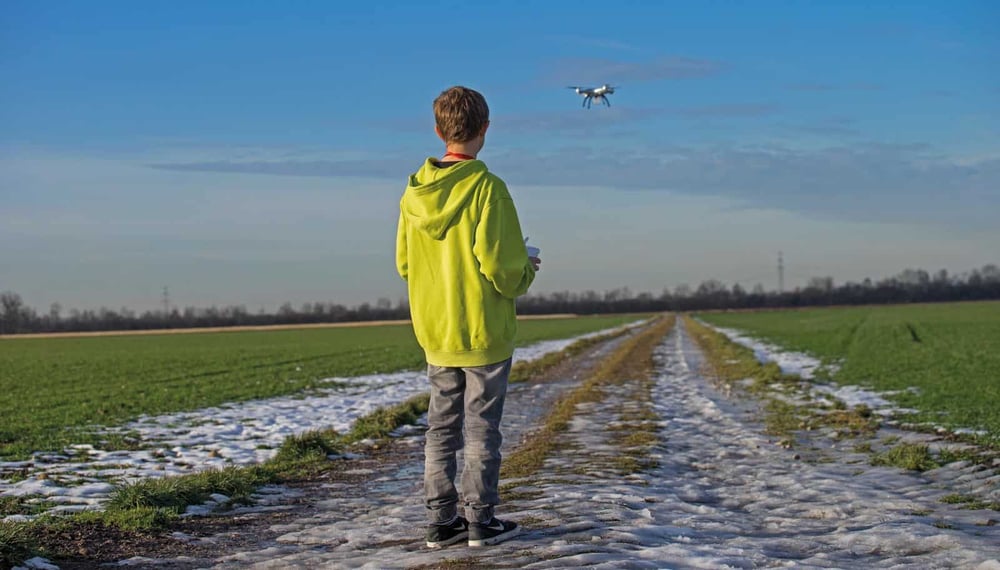I Bought My First Drone—What's Next?


Congratulations! You’ve officially purchased your first drone and you’re eager to fly. You may not know where to get started, so here are the first three steps you should take to prepare for your first flight.
1. Battery Charging
Like most electronics, drone batteries should come with minimal charge out of the box. Even though it might be tempting to fly as soon as you open up your drone, a low battery may cause a faulty flight. If your drone doesn’t land on its own with low battery or if you are not an experienced flyer, then you could potentially crash your drone.
Another reason we recommend charging your drone batteries right away?
Unlike phones and other small electronics, drones can take 60 to 90 minutes to charge. It’s inconvenient to have to stop midflight to charge your batteries, especially if you don’t have backups ready to go.
Our team highly recommends having an additional pair of batteries if you plan to use your drone for photography or other professional uses. You can find a variety of power options here.
2. Firmware Updates
Reliability, safety, and legal compliance—these are the three main reasons why you want to update your drone’s firmware before flying your drone for the first time.
Firmware updates fix bugs in flight algorithms that affect flight stabilization, battery management, and fail-safe landing (if your drone has that feature). Some manufacturers also push updated airport and no-fly zones, which will keep you from flying near restricted areas.
Compass calibration is also an important update that is pushed through the latest firmware, especially for drones that have a “return home” feature, like the DJI Mavic 2 and the DJI Mini 2.
Drones repairs can be costly; updated firmware is crucial to keeping your drone in the sky and avoiding a crash that could significantly damage your equipment.
The FAA regulates all airspace, so unless you’re planning on flying your drone in your backyard forever, we recommend that you understand the rules and regulations that apply to your specific drone model.
- Understand that unless you become a certified Part 107 pilot, you can only fly for recreational purposes.
- You must keep a visual line of sight of your drone. You cannot use tools, like binoculars, to enhance your vision.
- You must fly at or below 400 ft. depending on the airspace you’re in.
- You must register your drone and have proof of registration with you at all times, digital or physical copies are both acceptable.
- You must take “The Recreational UAS Safety Test”, also known as TRUST, before you can begin flying in public spaces.
We highly recommend all flyers, regardless of experience, download the FAA’s B4UFLY app.
This application provides interactive maps that show pilots where they can or cannot fly their drones. This app provides additional information and situational awareness to recreational pilots and other drone users to prevent accidents and keep them from flying in restricted areas.
You’re all set! These are the three most important steps you should take before your first flight.
Go out and enjoy the view—responsibly.
Looking for the best drones for first-time users? Check them out below:
